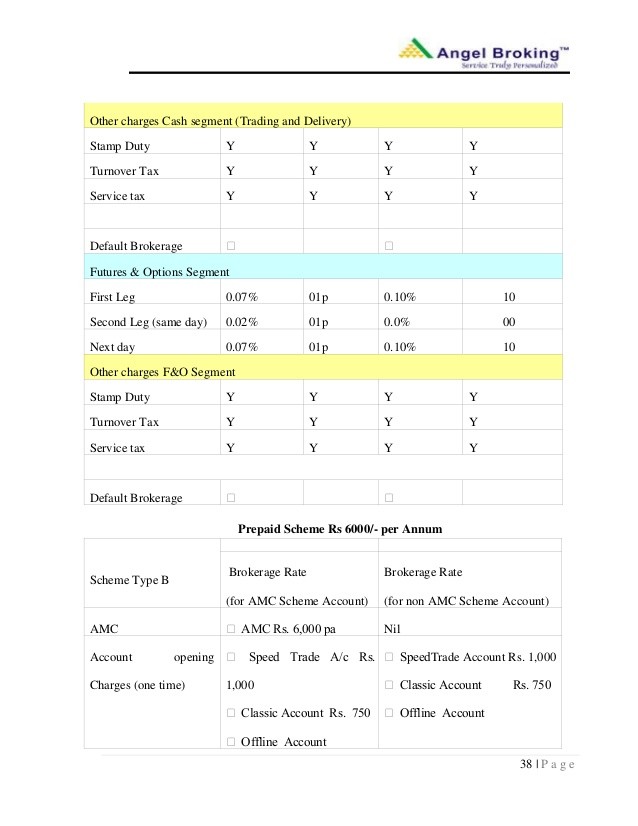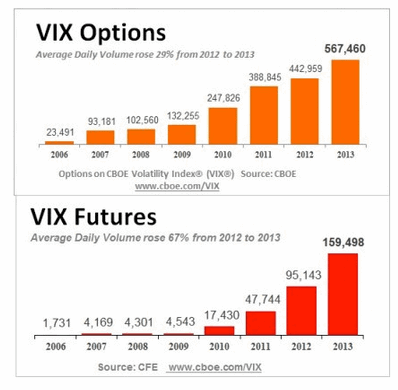What is the VIX Options Trading Online Stock Options Futures Trading Software
Post on: 3 Июнь, 2015 No Comment

What is the VIX?
Watch any of the financial media networks and you’re going to hear a lot about the VIX.
You’ve probably heard the 30-second explanation of what it is, but what do you really know about it? Let’s go a little more in-depth.
The VIX is a number calculated based on the prices of options premiums in the S&P 500. Most traders know that options are often used as insurance. If you are long a certain stock, you might purchase put options in order to protect yourself from too much downside risk .
Most people also know that the price you pay for insurance is based on the amount of perceived risk. A driver with a history of multiple accidents will pay more for their insurance than somebody whose record is accident-free.
The VIX is simply a measure of the price of the insurance—the premium.
The number is computed by looking at the millions of options trades that take place each day. No one person sets the number but it does reflect the trading activities of options traders making it vulnerable to inefficiencies.
When the market falls severely and people pour in to purchase put options or other protection, the VIX rises as the price of those options rises. This makes the VIX predictive of future events only to the point of what traders believe will happen in the future much the same way investing in a stock is a bet on its future price action.
If you’re more of a statistics person, the math works like this: The VIX forecasts the +/- percentage move annualized for one standard deviation. If the VIX sits at 20, the S&P 500 should stay within a +/- 20 percent range for one year, 68 percent of the time. (68 percent is one standard deviation.)

But history shows that what the VIX means from a mathematical sense isn’t overly important. Remember the height of the great recession when the VIX was at 85? How probable was it that S&P 500 companies would (or could) move in an 85 percent range? Looking back, how many actually moved in that range?
Think of 20 as the magic number. When the VIX moves higher than 20, fear is returning. Too high of a reading means that the market is becoming irrationally fearful. A number too far below 20 could mean than the market is too complacent.
But here’s the takeaway: The VIX might work as an interesting trade (you can trade it with ETFs) or a data point but it’s not an objective measure of anything. Instead, it’s a measure of investor sentiment and as everybody knows, investor sentiment isn’t an accurate market predictor.
Next time you see a chart of the VIX on your favorite financial channel, be careful not to put too much stock (pun intended) into the number.














